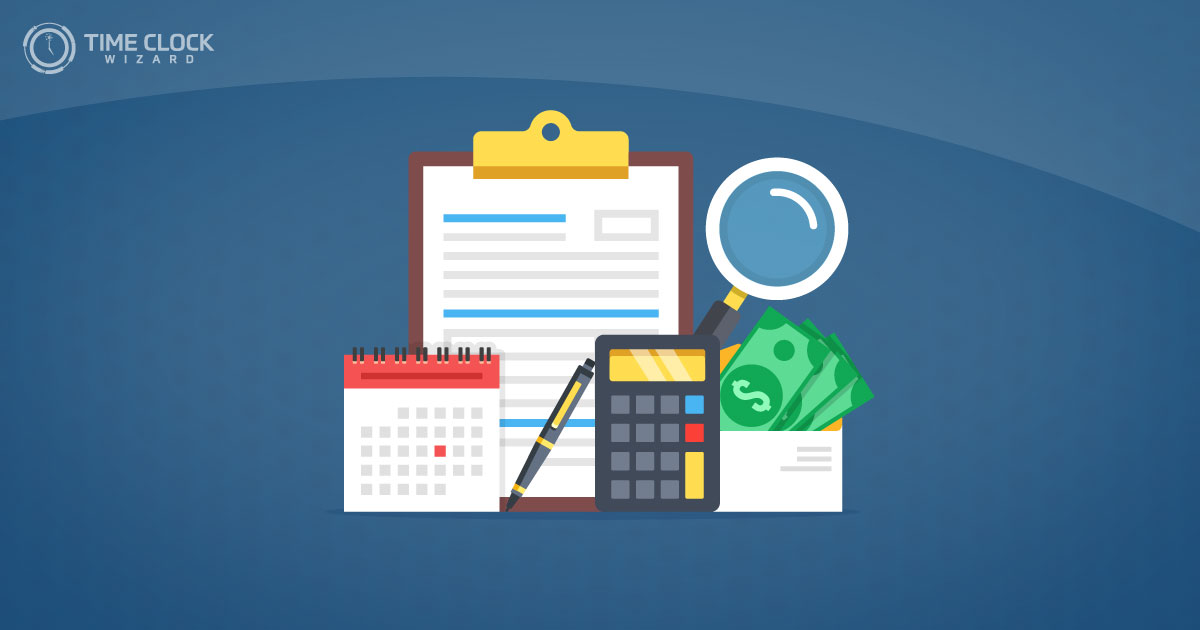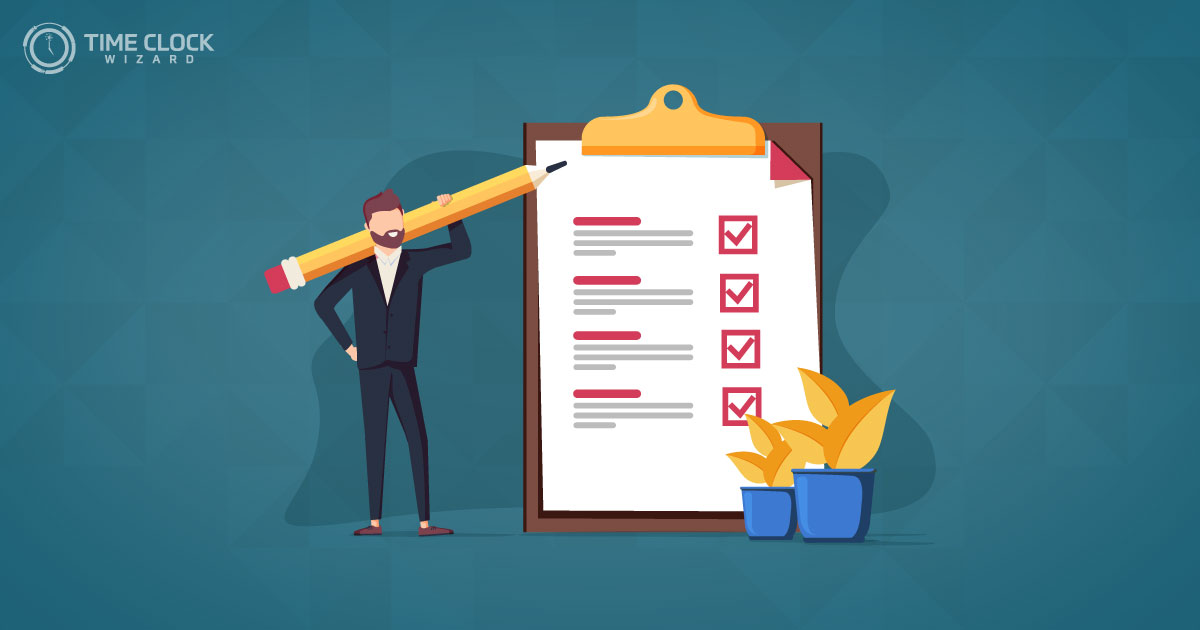
Is your business walking a tightrope between being well-staffed and excessively staffed? Identifying the Signs of Overstaffing can often be a game-changer for your company’s bottom line and operational efficiency. But how do you spot these signs before they spiral out of control? 🕵️♂️
In today’s competitive marketplace, it’s crucial to strike the perfect balance in your staffing levels. Too many employees can lead to unnecessary payroll costs and diminished productivity, impacting your business’s profitability and agility. This article will guide you through recognizing the warning signs and taking proactive steps to ensure you’re not just filling seats but boosting growth. 📈
Stay tuned as we dive into practical tips and insights that will not only help you identify Signs of Overstaffing but also empower you to make informed decisions. Ready to optimize your workforce and protect your business’s future?
Understanding the Impact of Overstaffing
Overstaffing can have far-reaching impacts on any business, influencing everything from morale to the bottom line. But what does it really mean for your business? It’s not just about having too many employees; it’s about the efficiency and productivity losses that occur when there’s a surplus on your team.
Firstly, overstaffing leads to increased operational costs. More employees mean higher salaries, benefits, and related expenses that can eat into your company’s profits. Furthermore, when there are more team members than necessary, it can lead to workflow disruptions and decreased productivity. Workers might feel less motivated if they see their colleagues with light workloads, which can foster a lackluster work environment. Are you noticing signs of disengagement among your staff?
Productivity and Morale
Having too many staff members can also dilute the sense of responsibility and accountability among your employees. With overlapping roles, it may not be clear who is accountable for what, leading to potential errors and a lack of ownership of tasks. This ambiguity can hinder the performance of the entire team, as individual strengths are not optimally utilized. Have you observed overlapping roles in your organization?
It’s crucial to recognize that maintaining an optimal workforce level is a balancing act. While understaffing can stretch your team too thin, overstaffing can lead to financial strain and a disengaged workforce. Identifying the Signs of Overstaffing early can help you make timely adjustments that protect your business’s health and culture.

Key Indicators of Overstaffing in the Workplace
Identifying the Signs of Overstaffing in your business isn’t always straightforward, but there are some clear indicators that can alert you before it becomes a more serious issue. Have you noticed any changes in employee productivity or an increase in idle time? These are just starters for what might be a larger problem.
One of the most telling signs is when employees frequently seem to be waiting for work or tasks. It’s crucial to evaluate whether this is due to a temporary dip in business or if you genuinely have more staff than necessary. Additionally, if you see that projects and tasks are consistently being completed much faster than anticipated without a decline in quality, it could be a sign that your team has excess capacity.
- Excessive overlaps in job roles, leading to confusion and inefficiency
- Increased instances of voluntary and involuntary part-time work
- Higher than usual rates of employee turnover
Moreover, overhearing employees express concerns about feeling underutilized or noticing a decline in workplace morale can also be indicators of overstaffing. Have you evaluated your team’s sentiment lately? 🤔 Remember, a motivated employee is generally a busy one!
Lastly, keep an eye on your financial statements. An unexpected rise in payroll costs without a corresponding increase in revenue or business activity is a red flag. Addressing these signs early can save your organization from unnecessary expenditures and help maintain a lean, productive workforce.
Analyzing Workload Imbalance and Idle Time
When trying to spot signs of overstaffing, one critical area to examine is the balance of workload and the amount of idle time observed among employees. Are there staff members frequently looking for tasks? Do you often find that teams are waiting on work from others before they can proceed? These scenarios might indicate an imbalance that could be costing your business valuable resources.
Analyzing the distribution of work among employees can reveal a lot about the efficiency and necessity of your current staffing levels. Regular periods of inactivity or disproportionate workload division can flag potential overstaffing issues. It not only affects productivity but also employee morale. Think about it uD83D hinking_face — if employees consistently have too little to do, how might that affect their job satisfaction and mental health?
Key Questions to Consider:
- How evenly is work distributed amongst your team?
- Are there noticeable patterns of idle time in certain departments?
- Can downsizing be addressed without sacrificing output or quality?
Using data analytics or staff feedback to audit and analyze these aspects can be hugely beneficial. Tools like time tracking software or workload assessment forms could be instrumental in understanding the dynamics of your workforce. Implementing such tools helps in making informed decisions and ensures that every team member’s time is optimized for business success.

Financial Implications of Excessive Staffing
Identifying the signs of overstaffing is crucial, but understanding the financial implications of excessive staffing can have even greater significance for your business. Do you know how much your financial resources might be affected by having too many employees on the payroll?
Firstly, the most direct impact is on your payroll expenses. More staff than necessary means higher costs not just in salaries, but also in benefits and training resources. This could strain the financial health of your business, especially when revenue does not match up with these increased expenses. Furthermore, excessive staffing might lead to reduced productivity per employee, making it harder for your business to maintain competitive efficiency.
Efficiency Loss and Opportunity Costs
It’s not just the visible costs that matter. Think about the opportunity costs associated with overstaffing. With resources tied up in managing excess workforce, could your business be missing out on opportunities to invest in innovation or market expansion? This aspect of financial drain must not be overlooked when evaluating the implications of signs of overstaffing.
Additionally, the morale and engagement of your team can also take a hit due to overstaffing. When employees notice overlapping roles or unclear responsibilities, it can lead to disengagement and a lack of incentive to perform well, indirectly affecting your business’s profitability and workplace culture. Remember, a lean team is often a keen team! 😊
The Role of Technology in Identifying Overstaffing
In the modern business landscape, technology plays a pivotal role in streamlining operations and maximizing efficiency. But did you know it’s also crucial for identifying signs of overstaffing? With the right technological tools, companies can harness data to make informed staffing decisions, leading to more effective workforce management.
Advanced software systems not only track the productivity of employees but also provide insightful analytics about their engagement and performance. Have you ever considered how automation and AI can free up employee time from repetitive tasks, potentially highlighting areas where you might be overstaffed?
- Time-tracking software to monitor employee activity and idle times
- Project management tools that highlight redundancies in task assignments
- AI-driven analytics to forecast staffing needs based on real-time data
Utilizing these technologies allows managers to better understand not just how many employees are needed, but also how they can be best utilized. Integrating tech solutions effectively can therefore reduce the risk of overstaffing and lead to a more agile and cost-effective workforce. Isn’t it time your business explored these opportunities?
Common Questions
How do you determine if you are overstaffed?
Determining if you are overstaffed involves analyzing various aspects of your workforce and productivity metrics. Key indicators include consistently low productivity per employee, excessive downtime, and high labor costs not commensurate with the output. Another way to determine overstaffing is by evaluating employee utilization rates; if many employees frequently have little or no work, it might suggest that the staffing levels exceed the demand for services or production. Managers can also use workforce analytics tools to track trends in workforce efficiency and compare them with industry benchmarks to make more informed staffing decisions.
What are the effects of overstaffing?
Overstaffing can have several negative effects on an organization, including increased operational costs as more employees mean higher salary obligations and related expenses such as health benefits and taxes. This financial strain can reduce profitability and result in waste of resources. Additionally, overstaffing can lead to reduced employee morale and productivity; with too many employees and not enough work, employees may feel their skills are underutilized, which can lead to disengagement and decreased job satisfaction. Overstaffing can also hinder agility and slow down decision-making processes, making the business less competitive.
What to do if you are overstaffed?
If you find your organization is overstaffed, there are several strategies you can employ. One approach is to reduce staff through attrition, natural retirement, or voluntary severance packages, which can minimize the impact on morale compared to forced layoffs. Alternatively, you might consider redeploying staff to other areas of the business where they can be more productive or into new roles that match business needs. Another option is to implement flexible working arrangements like part-time work or temporary leave, which can adjust staffing levels without permanent cuts. Importantly, any approach should be accompanied by transparent communication with all employees about the reasons and methods for any changes.
Which of the following is an effect of over staffing?
One notable effect of overstaffing is increased operational costs. Businesses with too many employees face higher expenditures related to salaries, benefits, and administrative overheads, which can strain financial resources and reduce overall profitability. This financial impact is one of the primary concerns associated with overstaffing and can impede a company’s ability to invest in other critical areas such as research and development, marketing, or expanding into new markets.
Strategies to Address and Prevent Overstaffing
Tackling the signs of overstaffing effectively requires a structured approach and proactive planning. What strategies can businesses adopt to not only address but also prevent excessive staffing? In this section, we explore several crucial methods that can safeguard your business from the pitfalls of overstaffing.
Implementing Cross-Training Programs
Introducing cross-training programs can dramatically optimize your workforce utilization. By training employees to perform multiple roles, you enhance flexibility in scheduling and reduce dependency on a high number of staff. This approach not only prepares your team for varying business cycles but also fosters a more dynamic and skilled workforce.
Leveraging Data Analytics
Utilizing data analytics is key to understanding workforce efficiency and spotting the ‘signs of overstaffing.’ Tools and software that analyze work patterns, employee performance, and operational needs can provide invaluable insights. With data-driven decisions, you can precisely tailor your staffing requirements, thus avoiding the excess that leads to overstaffing.
Regular Workload Assessments
Conducting regular workload assessments keeps your staffing needs aligned with actual business demands. These assessments help identify periods of underutilization, prompting timely adjustments to the workforce. Isn’t it better to adapt dynamically rather than face the consequences of overstaffing? Through regular reviews, businesses can maintain a perfect balance, ensuring every employee’s contribution is vital.
Final Thoughts: How to Recognize the Signs of Overstaffing in Your Business
Now that you’ve journeyed through the crucial insights on recognizing the signs of overstaffing, how confident do you feel about evaluating your own business? Remember, spotting the signs of overstaffing early can save you not just money, but also improve the overall morale and productivity of your team. It’s all about finding that perfect balance!
Consider implementing the strategies discussed to address any existing issues and prevent potential future challenges. Whether it’s through leveraging technology or streamlining your workforce, each step you take will lead towards a more efficient and successful business operation. Don’t hesitate to seek expert advice if you find yourself unsure at any stage. 💼✨





